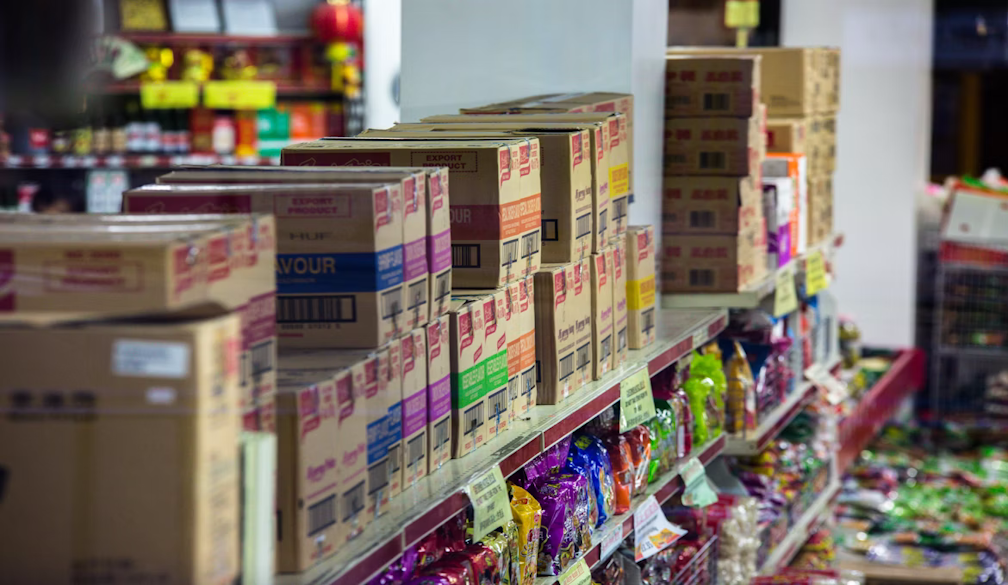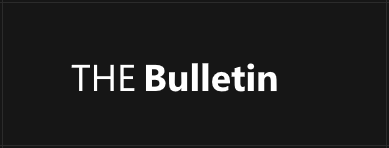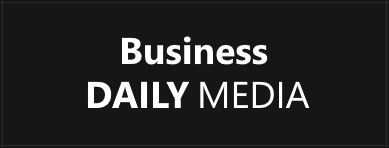Understanding Pricing Structures in Wholesale Packaging Supplies in Melbourne

When it comes to running a business that depends on packaging, understanding how pricing works for wholesale packaging supplies Melbourne is essential. In Melbourne’s competitive market, smart purchasing decisions can have a significant impact on your bottom line. Whether you’re a small business owner or managing a larger operation, knowing the pricing structures and what influences costs can help you budget better, avoid surprises, and get the best value for your money.
What Influences Wholesale Packaging Prices?
Wholesale packaging prices are influenced by several factors that can vary from supplier to supplier and product to product. These factors include the type of materials, order volume, customization options, and even market conditions in Melbourne. Understanding these components is the first step in navigating wholesale pricing effectively.
Material costs play a big role. Packaging made from cardboard, plastic, paper, or eco-friendly alternatives each has its own cost base. For example, recycled or biodegradable materials often carry a premium because of the manufacturing processes involved. Similarly, heavier or more durable packaging like double-walled boxes will cost more than lighter options.
Order volume is another major driver. Wholesale suppliers typically offer tiered pricing—meaning the more units you order, the lower the price per unit. This is designed to reward bulk purchases and help suppliers move inventory efficiently. For businesses in Melbourne, this means careful planning can lead to significant savings by aligning orders with your sales cycles.
Customization adds another layer to the pricing structure. Custom printing, branded packaging, special sizes, or unique finishes often come with extra charges. These costs depend on the complexity of the design, the number of colours used, and the order quantity. If your business relies heavily on packaging as a branding tool, these additional costs should be factored into your budget.
Understanding Tiered Pricing and Minimum Order Quantities
Most wholesale suppliers in Melbourne use tiered pricing models. This means prices decrease as order quantities increase. For example, purchasing 500 cardboard boxes might cost more per box than ordering 5,000 boxes. However, suppliers also usually set minimum order quantities (MOQs), which can affect how much stock you need to keep on hand.
This tiered system encourages businesses to buy in bulk, but it can be a double-edged sword for smaller companies. If your storage space or cash flow is limited, ordering large quantities might not be feasible. It’s important to find a supplier that offers flexible MOQs or options for smaller orders until your business scales up.
How Customization Affects Cost
Branded or custom packaging is an excellent way to enhance your business identity and improve customer experience. However, customization typically adds to the cost of wholesale packaging supplies in Melbourne.
Print setup fees, including creating artwork plates or screens, are often a one-time charge but can be substantial, especially for small runs. The printing method—whether it’s digital, flexographic, or offset—also impacts the price. Digital printing suits shorter runs but can be pricier per unit, while offset printing is cost-effective for large volumes but requires longer lead times.
When budgeting for customized packaging, consider how it aligns with your marketing goals. Sometimes, spending more on packaging can lead to increased customer loyalty and repeat purchases, balancing the initial cost over time.
Shipping and Delivery Costs
It’s easy to focus solely on the price per unit of your packaging, but shipping and delivery costs must also be considered. For Melbourne businesses, sourcing packaging locally can help reduce these expenses, but it’s not always guaranteed.
Packaging supplies, especially bulky or heavy items like pallets of cardboard boxes or rolls of bubble wrap, can incur significant freight charges. Some suppliers include delivery costs in their pricing, while others add them as a separate fee. Understanding these charges upfront prevents unexpected costs and helps you choose the best supplier for your location.
If your business requires frequent or urgent deliveries, discuss these needs with your supplier to negotiate terms that fit your budget and schedule.
Market Conditions and Seasonal Variations
Wholesale packaging prices can fluctuate based on market demand, raw material availability, and global economic factors. For instance, increases in the cost of paper or plastic can raise packaging prices across Melbourne and beyond.
Seasonal variations can also impact pricing. Many businesses experience peaks in demand around holidays or major sales events, which can drive up both packaging and shipping costs. Planning ahead to order packaging supplies during off-peak periods can help lock in better prices.
Negotiating with Suppliers in Melbourne
In a competitive city like Melbourne, suppliers are often willing to negotiate prices, especially for larger or repeat orders. Building a strong relationship with your wholesale packaging supplier can lead to better rates, priority service, or customized solutions that fit your business needs.
When negotiating, be transparent about your budget, order volume, and packaging requirements. Suppliers appreciate clear communication and may offer flexible payment terms or discounts if they understand your business well.
The Importance of Quality Versus Cost
While it might be tempting to opt for the lowest price per unit, quality should never be compromised. Poor-quality packaging can lead to damaged products, increased returns, and dissatisfied customers—all of which end up costing more in the long run.
In Melbourne’s competitive market, your packaging is part of your brand’s promise. Investing in reliable, sturdy packaging may have a higher upfront cost but can prevent costly issues later.
Conclusion
Understanding the pricing structures behind wholesale packaging supplies in Melbourne is crucial for any business looking to optimise their operations and control costs. From material choices and order volumes to customization and shipping fees, many elements affect the final price.
By familiarising yourself with these factors, planning your orders strategically, and working closely with reliable local suppliers, you can find the right balance between cost and quality. This not only supports your bottom line but also strengthens your brand reputation and customer satisfaction.













